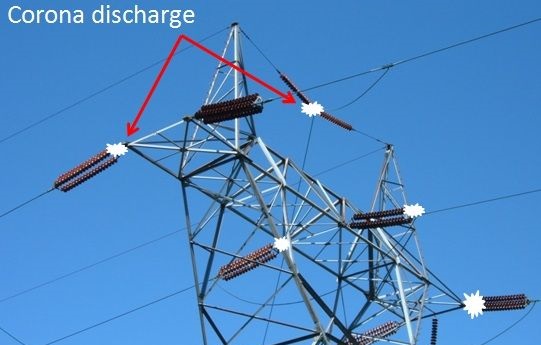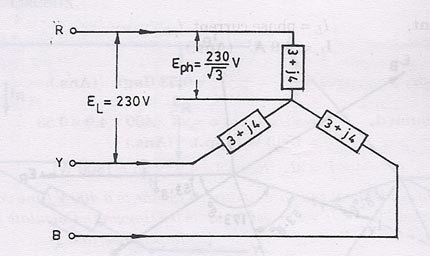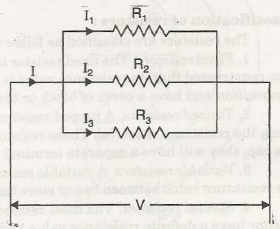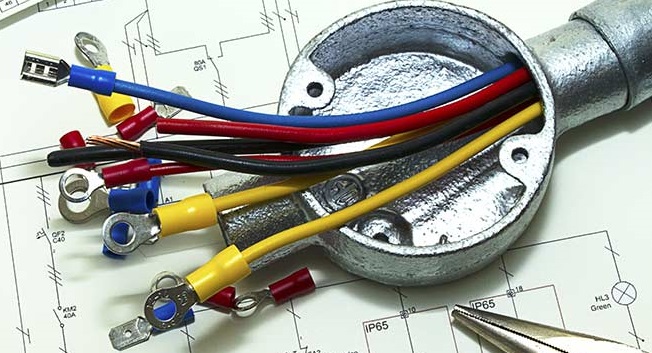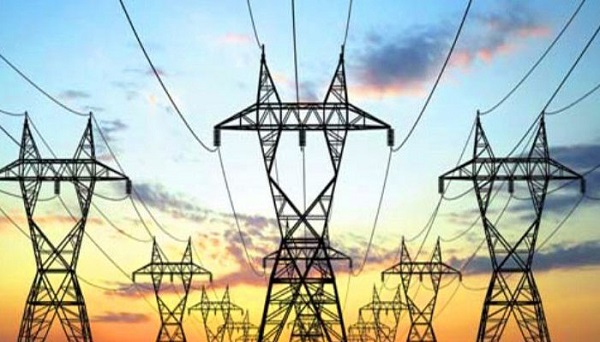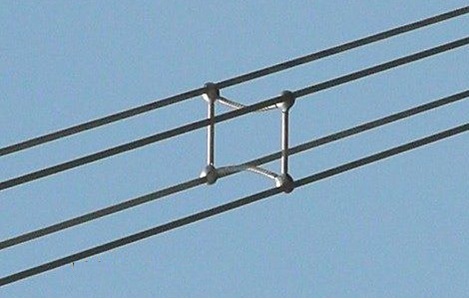The phenomenon of ionization of surrounding air around the conductor, hissing noise and production of Ozone gas in an overhead transmission line is known as Corona Effect. Corona discharge is a process by which a current flows in a conductor with a
Read More
In this method of inter-connection the similar ends either the ‘start’ or ‘finish’ are joined together at point N. This common point N is called star point or neutral point. Ordinarily only three wires are carried to the external circuit giving 3-phase,
Read More
The opposition to flow of electrons (due to bonds between protons and electrons, as well as to collisions) is called a electrical resistance (R). Or Resistance may also be defined as “The property of the electric circuit which opposes the flow of
Read More
Electrical wiring generally refers to insulated conductor used to carry current including the associated devices. Domestic electric appliances like lights, fans, washing machines, water pumps etc are connected to the supply through insulated wires which are controlled by switches. The wiring diagram
Read More
Overhead transmission lines are classified based on the manner in which the capacitance is considered. Common classification is long, short and medium transmission lines. Short Transmission Lines Transmission lines whose length less than 80kms and operating voltage less than 20kV comes under
Read More
Bundled Conductors For transmission of more power for long distances to load centers Extra High Voltage (EHV) transmission is employed. Implementing Extra High Voltage has advantage of reduction in the copper losses and improves efficiency. However transmission of voltage beyond 300kV will
Read More
